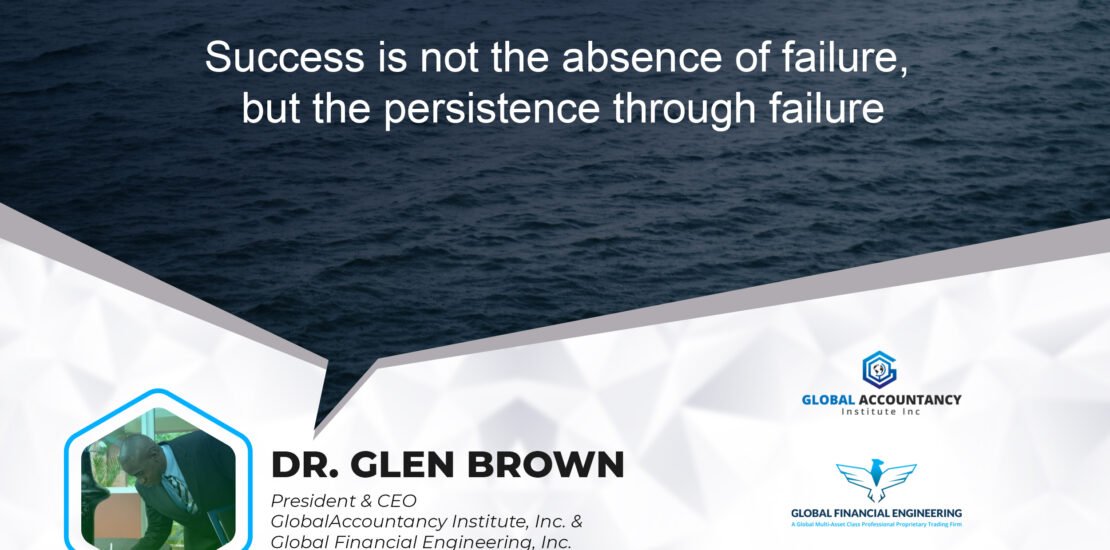Risk Management in High-Stakes Prop Trading: Beyond the Basics
- February 10, 2024
- Posted by: Drglenbrown1
- Categories: Proprietary Trading, Risk Management

In the high-pressure world of proprietary trading, managing risk is not just about preventing losses; it’s about maximizing potential while safeguarding assets. Sophisticated risk management strategies that incorporate both quantitative analysis and an understanding of psychological factors are essential for traders aiming to thrive in this volatile environment. This article delves into the advanced techniques that can help proprietary traders navigate the complexities of risk management beyond the conventional wisdom.
Quantitative Analysis: The Backbone of Risk Management
Quantitative analysis serves as the foundation for modern risk management in prop trading. This approach employs mathematical models and statistical techniques to predict market movements and assess potential risks. Advanced models, including value at risk (VaR), conditional value at risk (CVaR), and stress testing scenarios, enable traders to quantify their exposure to market volatilities and hedge accordingly. By leveraging big data and machine learning algorithms, traders can refine these models further, enhancing their predictive accuracy and effectiveness in real-time trading scenarios.
Psychological Aspects of Risk Management
While quantitative analysis provides a structured approach to risk management, understanding the psychological aspects of trading is equally important. Behavioral finance teaches us that traders’ perceptions and emotional responses can significantly impact decision-making processes. Cognitive biases such as overconfidence, loss aversion, and confirmation bias can lead to suboptimal trading decisions. Proprietary traders must cultivate emotional discipline and resilience, learning to manage the psychological stress that comes with high-stakes trading environments.
Integrating Quantitative and Psychological Strategies
The most effective risk management strategies in prop trading integrate quantitative analysis with an awareness of psychological factors. This holistic approach enables traders to not only rely on data-driven insights but also to remain vigilant about the emotional and cognitive biases that could cloud their judgment. Developing a trading plan that includes clear criteria for entry, exit, and stop-loss orders can help maintain discipline and minimize the impact of emotional decision-making.
Continuous Learning and Adaptation
Risk management in proprietary trading is an ongoing process of learning and adaptation. As markets evolve and new financial instruments emerge, traders must continuously update their knowledge and refine their strategies. Engaging in regular training, staying abreast of the latest financial research, and participating in professional networks are crucial steps for traders aiming to maintain a competitive edge.
About the Author
Dr. Glen Brown is a distinguished figure in the field of financial education and proprietary trading. As the President & CEO of Global Financial Engineering and Global Accountancy Institute, Dr. Brown is committed to advancing the frontiers of financial knowledge and practice. Through his leadership, these institutions offer cutting-edge e-learning solutions that empower finance professionals to excel in an ever-changing market landscape.
Call to Action (CTA)
Elevate your trading skills with the Global Accountancy Institute and Global Financial Engineering’s E-Learning Portal. Our flexible learning programs are designed to fit your lifestyle, providing you with advanced knowledge and tools to master risk management in proprietary trading. Embrace the future of finance and become a leader in the trading world by visiting Global Accountancy College E-Learning Portal.
General Disclaimer
This article is intended for educational purposes only and should not be taken as financial advice. Proprietary trading involves significant risk, and strategies discussed may not be suitable for all investors. Traders should conduct their own research or consult with a financial advisor before engaging in trading activities.
